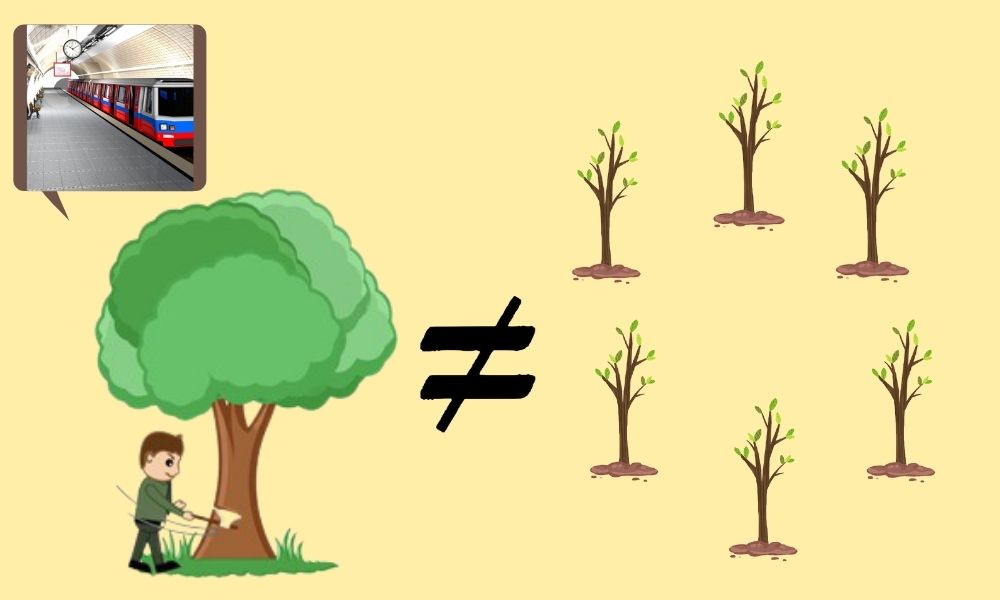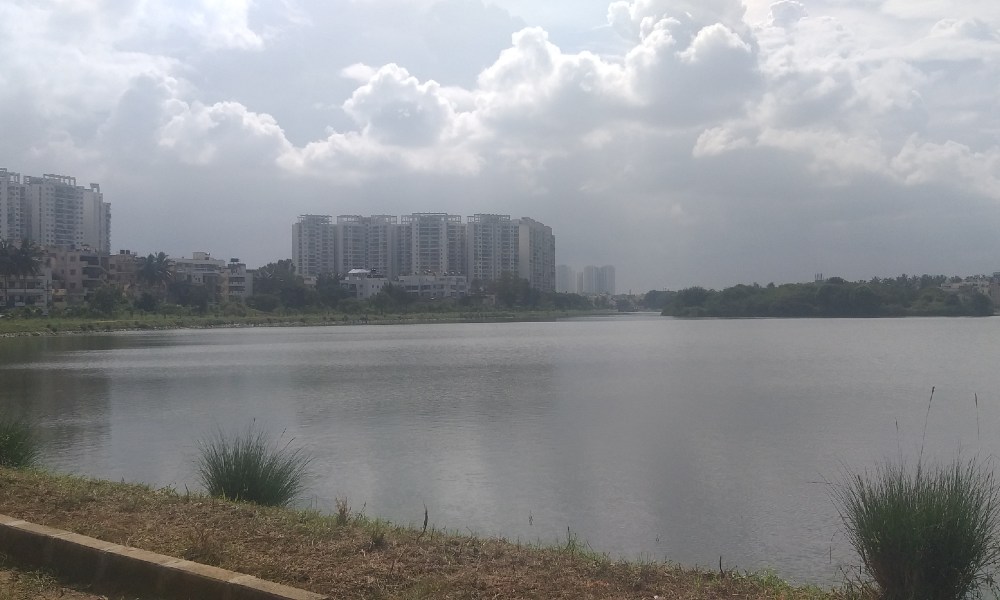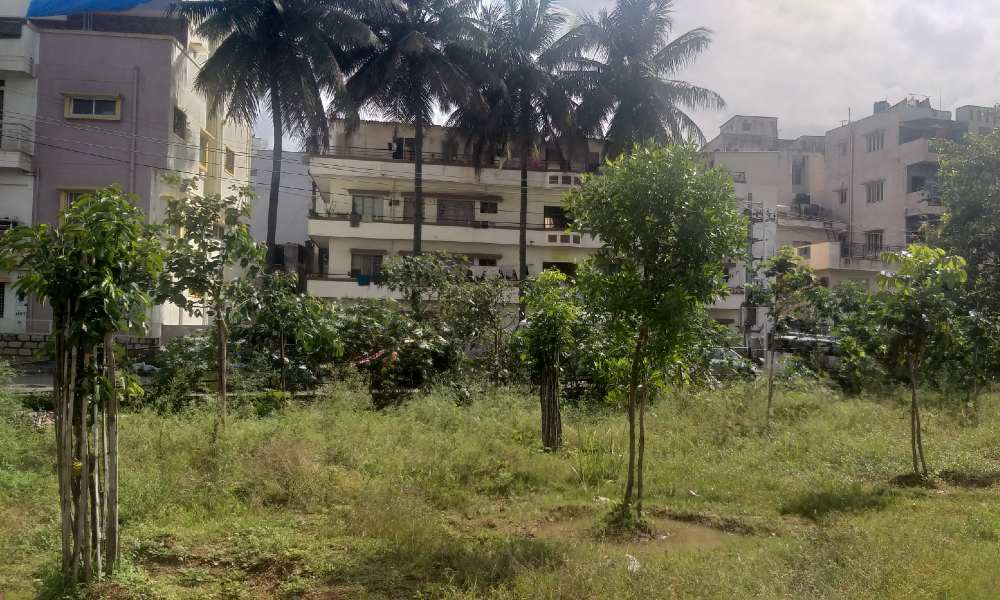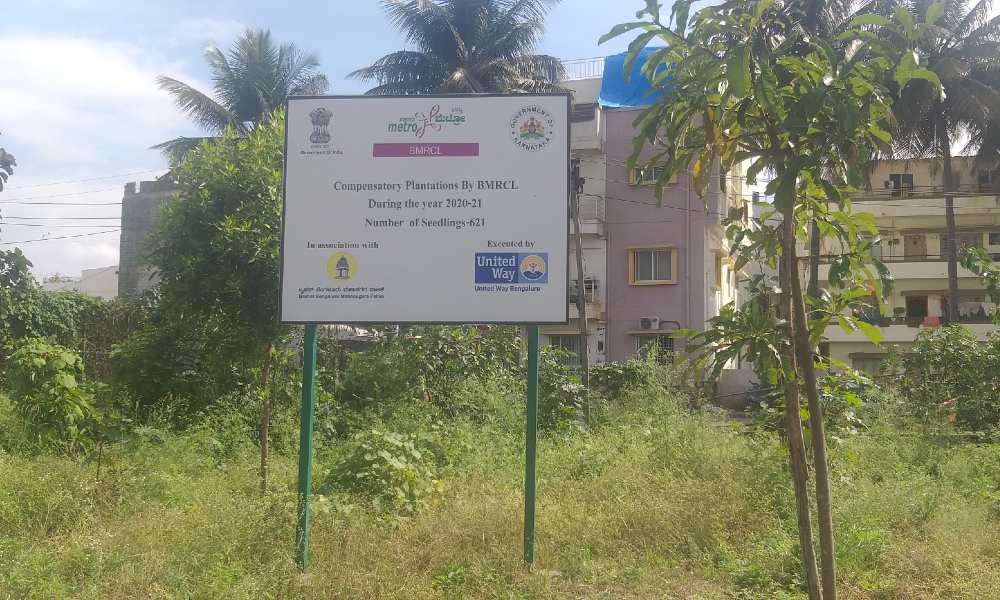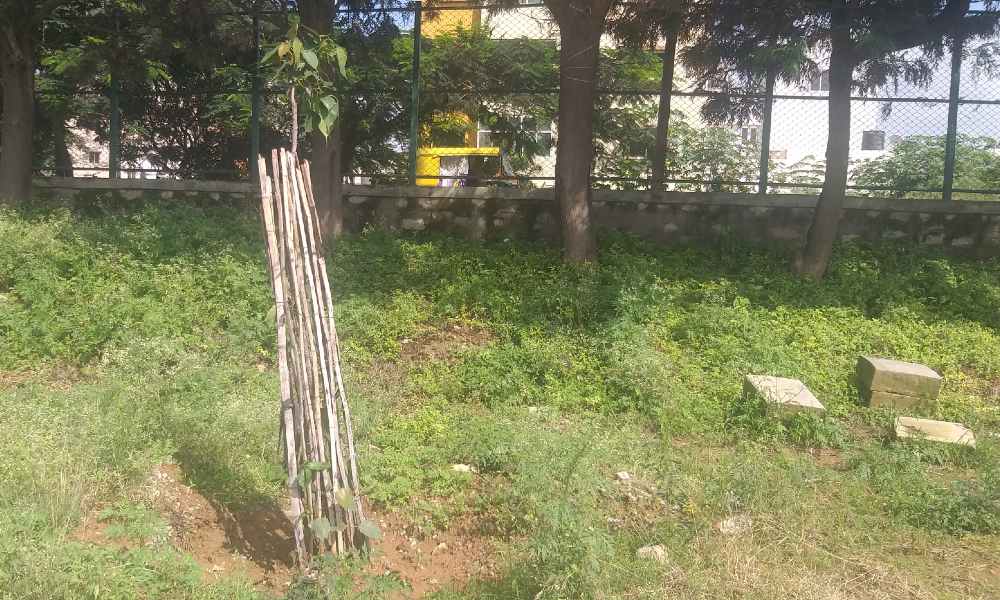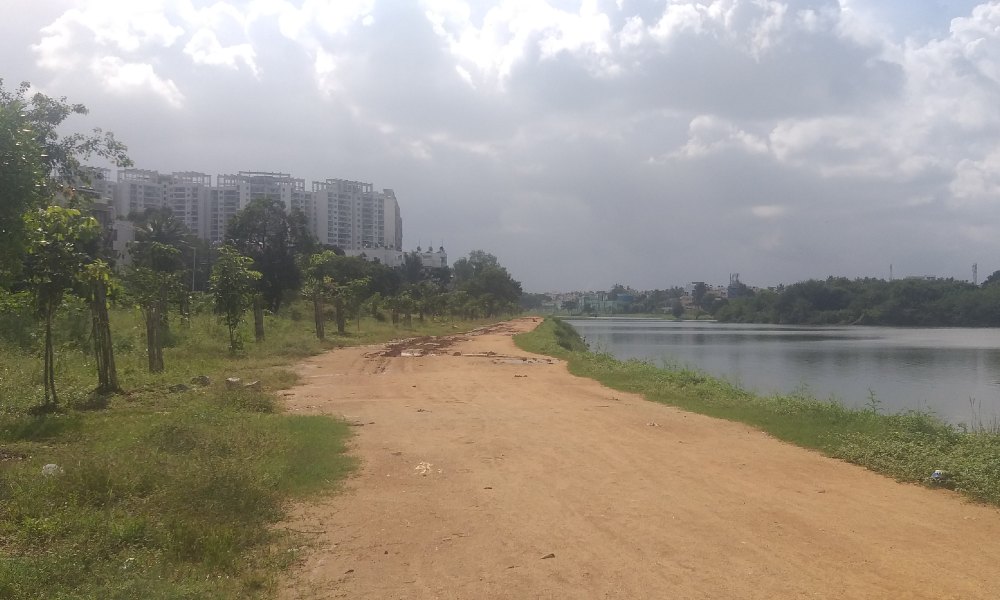BMRCL celebrates plantation of extra saplings in compensation to trees cut for metro construction but environmentalists argue their effective contribution to the environment.
Compensatory saplings planted for trees cut during metro construction cannot benefit the environment like the old trees did, say environment experts. Bangalore Metro Rail Corporation Limited (BMRCL) said that they have planted more than the required number of saplings in compensation to the tree cuts for the Phase-2 project.
“Old trees harbor a lot of wildlife built over a long period of time. The saplings planted under the compensatory afforestation will grow up to full trees in 50-60 years and by then the wildlife disrupted earlier would vanish,” said Dr. MB Krishna, an ecologist.
Compensatory plantations further accelerate the rush to destroy forests for development projects and forest clearances are approved without many questions asked, according to a study on compensatory plantations in India. Biological and spatial differences between the cleared forest area and compensation site, threaten forest diversity and question survival of new saplings.
The contribution in carbon fixation by these saplings cannot match that of old trees, said Krishna. A large number of saplings may be planted but the benefits provided by fully grown trees that are cut for projects, cannot be made up for immediately, he added. Moreover, the locations these new saplings are planted in would not necessarily benefit humans. “For these saplings to attain the same grandeur as the trees cut, all we have is hope,” Krishna further said.
Cutting mature trees reduces the leaf area index which is responsible for huge size of canopies, said Dr. A N Yellapa Reddy, chairman of the Bangalore Environment Trust (BET). The saplings planted for compensation will take 90 years to build meaningful canopies. These canopies have been bearing fruits, flowers, and essential oils after years of a tree’s development. But the saplings would require approximately 20 years to start bearing flowers, Reddy said.
“This will affect the environment leading to more pandemic diseases and climate change. They compensated for the trees but who will compensate for the health of the people?” he asked.
BMRCL has signed memorandums with United Way Bengaluru (UWB), a non-governmental organization (NGO) and Nurserymen Co-operative Society Limited (NMCS), a wing of Department of Horticulture, for sapling plantations that will be maintained by them for three years.
According to BMRCL’s Tree Management Plan report, it is supposed to plant 10 saplings for every one tree that is cut or translocated. Divya Hosur, official at Social and Environment Unit (SEMU), BMRCL said that BMRCL has planted a greater number of saplings than it was supposed to plant with an extra 9,400 saplings.
David Kumar, project head at UWB for compensatory plantation, said that 35,000 trees have been planted so far and the plan is to plant 1,00,000 trees. “BMRCL is willing to plant more saplings but the issue is to find suitable land. Trees have to be planted 15 feet apart and it is a challenge to find large acres of land for planting more trees. Though BMRCL has been thoughtful about this project and has planted three to four times more saplings than required,” he added. Moreover, Bhagwat, an official at NMCS said that BMRCL has crossed the ratio of1-to-10 for compensation.
Mixed Future Predictions
The saplings will benefit the environment in the longer run and we will be able to cut out on a lot of emissions in the transport sector with metro expansion, Kumar said.
However, India has announced to achieve the goal of net zero emissions by 2070 at the ‘Conference Of the Parties 26’ (COP 26) summit held recently, requiring greater absorption of carbon. “Green covers act as carbon sinks and such compensation reduces the forest cover posing challenges for carbon fixation. Each tree that they are cutting is equivalent to 10 cylinders of oxygen. Reckless and mindless felling of trees in name of such projects will leave the future Bangalore impoverished,” Reddy said.
Maintenance
The saplings are maintained by forest officers and are checked for their growing status and conditions, said Kumar. Assistant Environment Officers (AEO) are appointed to monitor the plantation from 6:30 a.m. every day.
Ramu, supervisor of the Sarakki Lake, one of the locations chosen for plantation, said that UWB has been visiting the lake for two years for plantations. “Two officers come to inspect the saplings everyday from 9 a.m. to 5 p.m. They water the plants and add compost to the soil,” he added.
Retired environmental officers and chief engineers are associated with the monitoring of these plantations while Bruhat Bengaluru Mahanagara Palike (BBMP) has not collaborated with BMRCL for this project, said Govindraju V, Assistant Conservator of Forests, BBMP.

